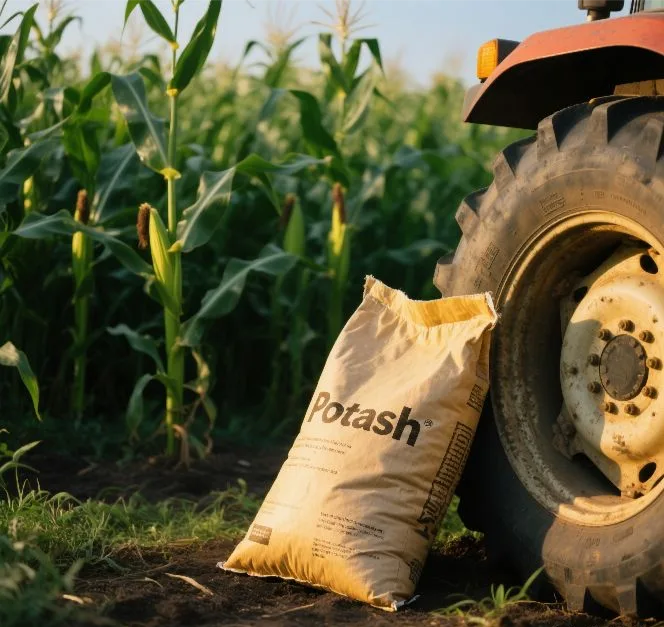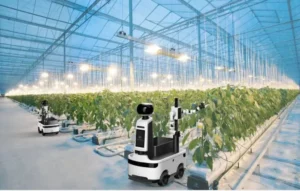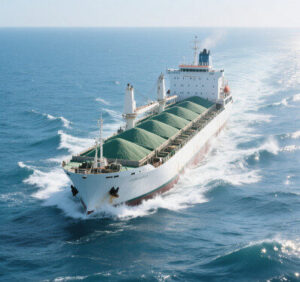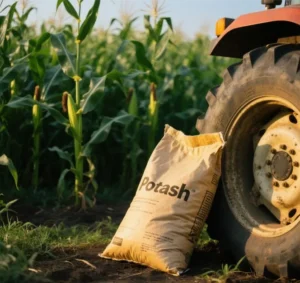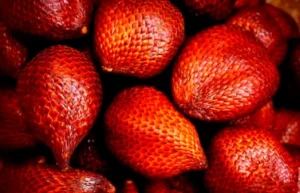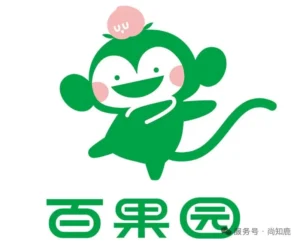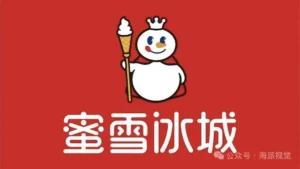Recent data shows that international potash prices have remained largely stable with minor adjustments across major regions. The Vancouver potassium chloride FOB price stands at $294–333 per ton, with the low end up by $2 and the high end unchanged. In Northwest Europe, the FOB price is $302–404 per ton, marking a $1 decrease at the low end while the high end remains stable. The Baltic/Black Sea FOB price held steady at $296–316 per ton. Israel’s FOB price saw a slight increase of $1 at the lower end to $313, though the high end dropped by $4 to $396 per ton. In Southeast Asia, the CFR price was stable at $370–390 per ton, and Brazil also reported a steady CFR price of $360 per ton.
In contrast, the US fertilizer market is experiencing a mixed outlook as the fall season approaches. According to interviews conducted by Crop Life, a leading US agricultural media outlet, many agricultural retailers expect fertilizer application rates this autumn to be below average. This trend was initially highlighted in a Rabobank Research report released early in 2025, which indicated that “fertilizer prices are rising in 2025, while commodity prices have not kept pace, continuously weakening farmers’ purchasing power and suggesting a challenging fertilizer market throughout the year.”
Farmers expressed deep concern about the fall fertilizer application season. One grower noted, “Farm-level profits have completely dried up. While growers need to apply fertilizer for crops to grow, they simply can’t afford any extra expenses at this point.”
Bruno Fonseca, an analyst at Rabobank Research, elaborated on the outlook for the three major nutrients in the report: “Considering multiple factors, the fertilizer market may face severe challenges again in 2025, particularly in nitrogen and phosphate fertilizers.”
However, retailers interviewed by Crop Life offered a somewhat brighter perspective for nitrogen and potash among the three primary nutrients this fall. Kreg Ruhl, Vice President of Crop Nutrition at GROWMARK in Bloomington, Illinois, stated, “Potash will likely perform the best this autumn. Ample supply and reasonable prices should help boost application rates.”
With the fertilization season set to begin in September, the window for significant spot demand is narrowing. Last week, US distributors reported that some customers who had delayed purchasing during the summer are returning to the spot market, only to find that prices continue to rise and available supply remains limited. Market participants now face the tough choice of securing workable solutions under current challenging supply and pricing conditions this fall, or remaining optimistic and waiting for potential improvements next spring.


